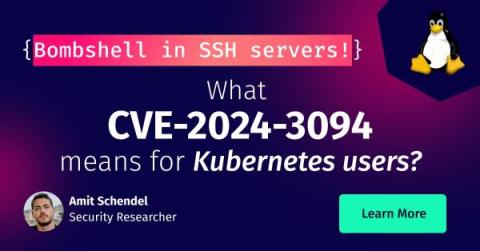Reverse engineering eBPF programs
eBPF is one of the most widely used technologies in today’s computing ecosystem, starting from the cloud sector up to routing and tracing in companies like Cloudflare. Many companies are basing and transforming their core products to use eBPF as an alternative to kernel modules because of all the benefits it offers both on the business side and technological side. Since this shift is gaining a lot of momentum I wanted to shed some light on eBPF.











